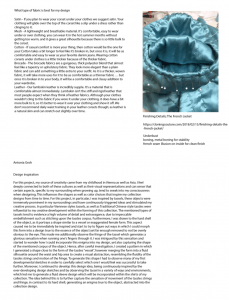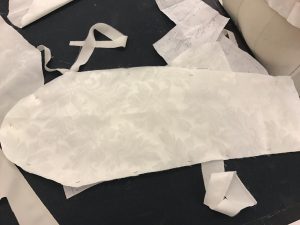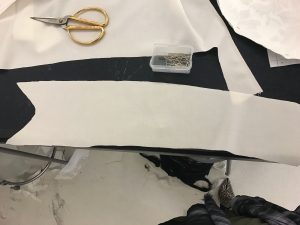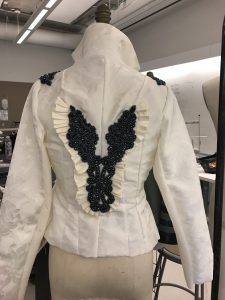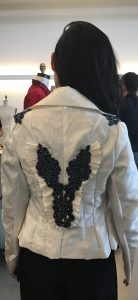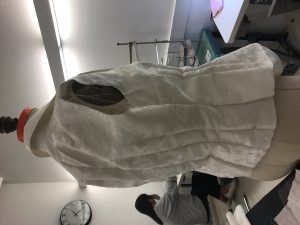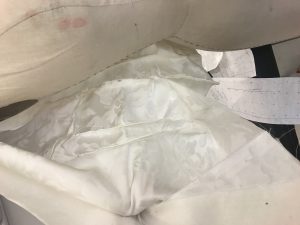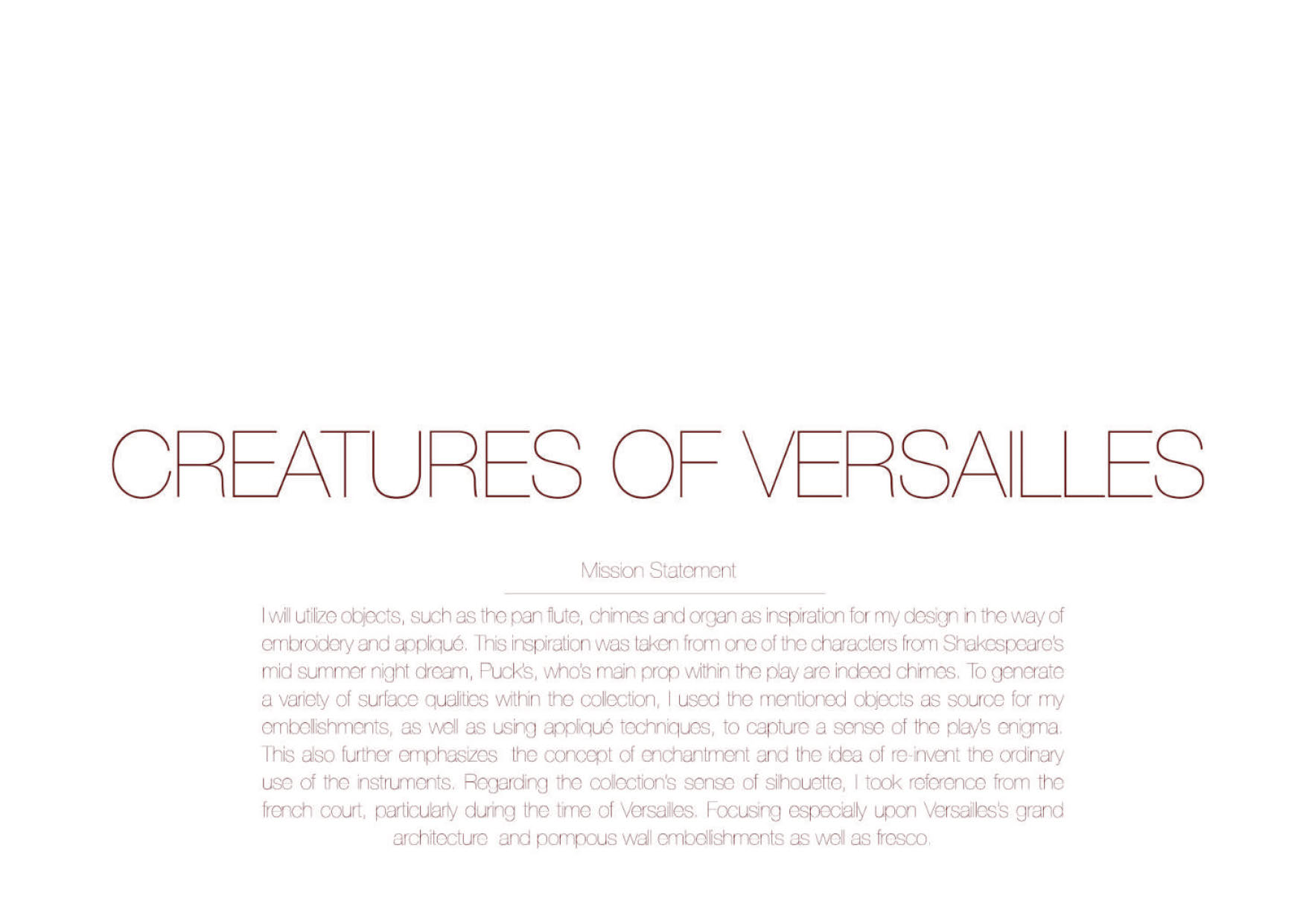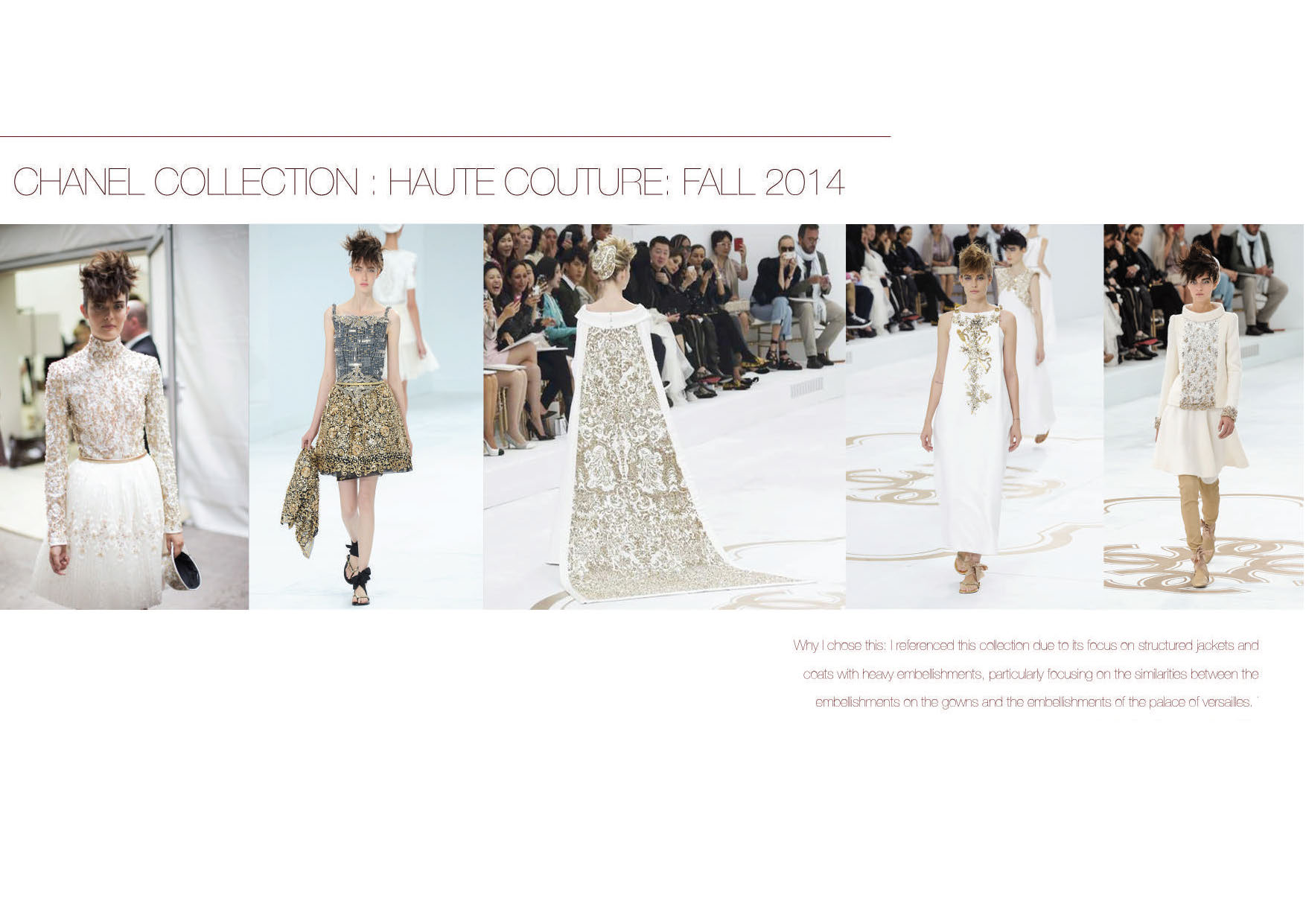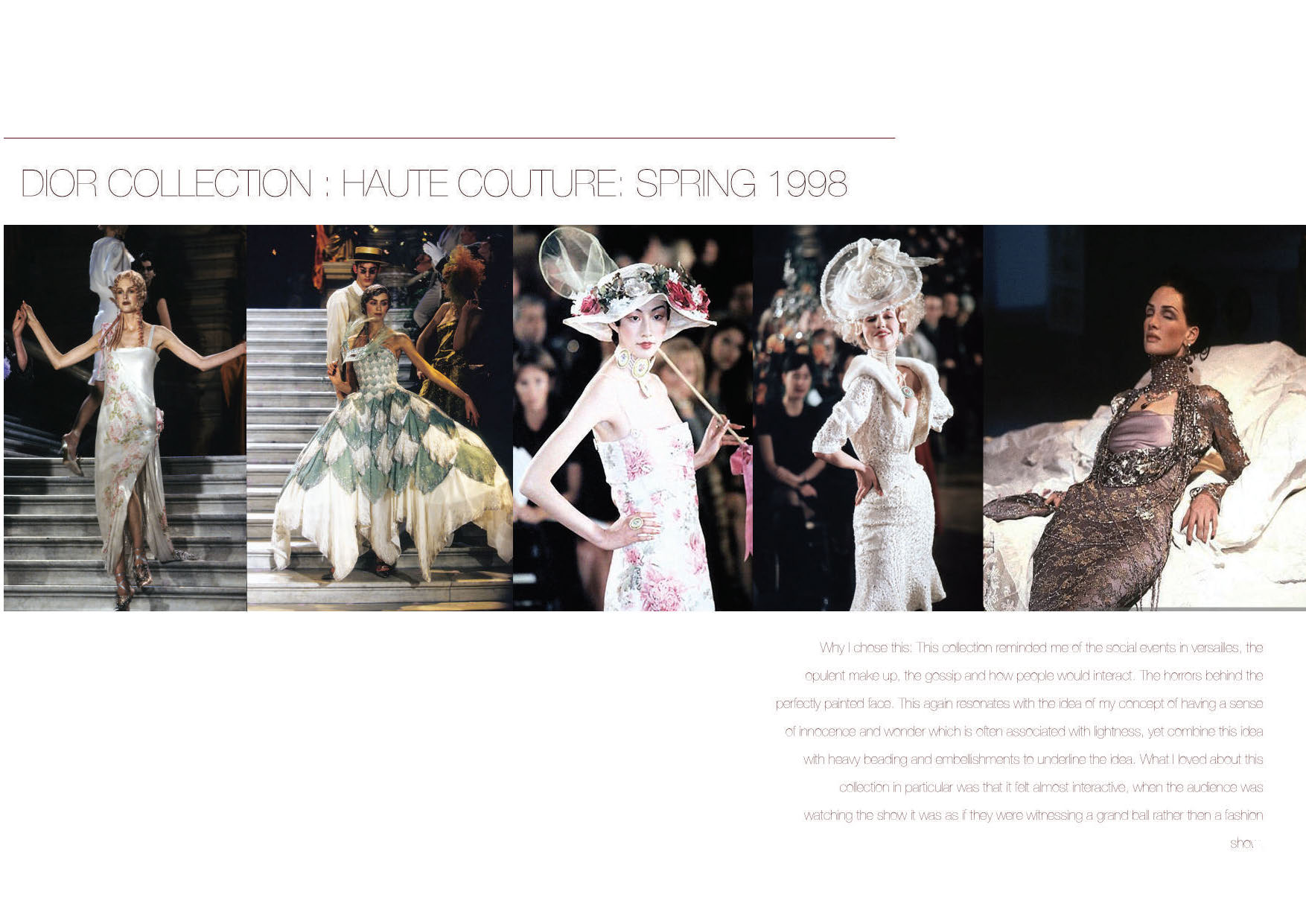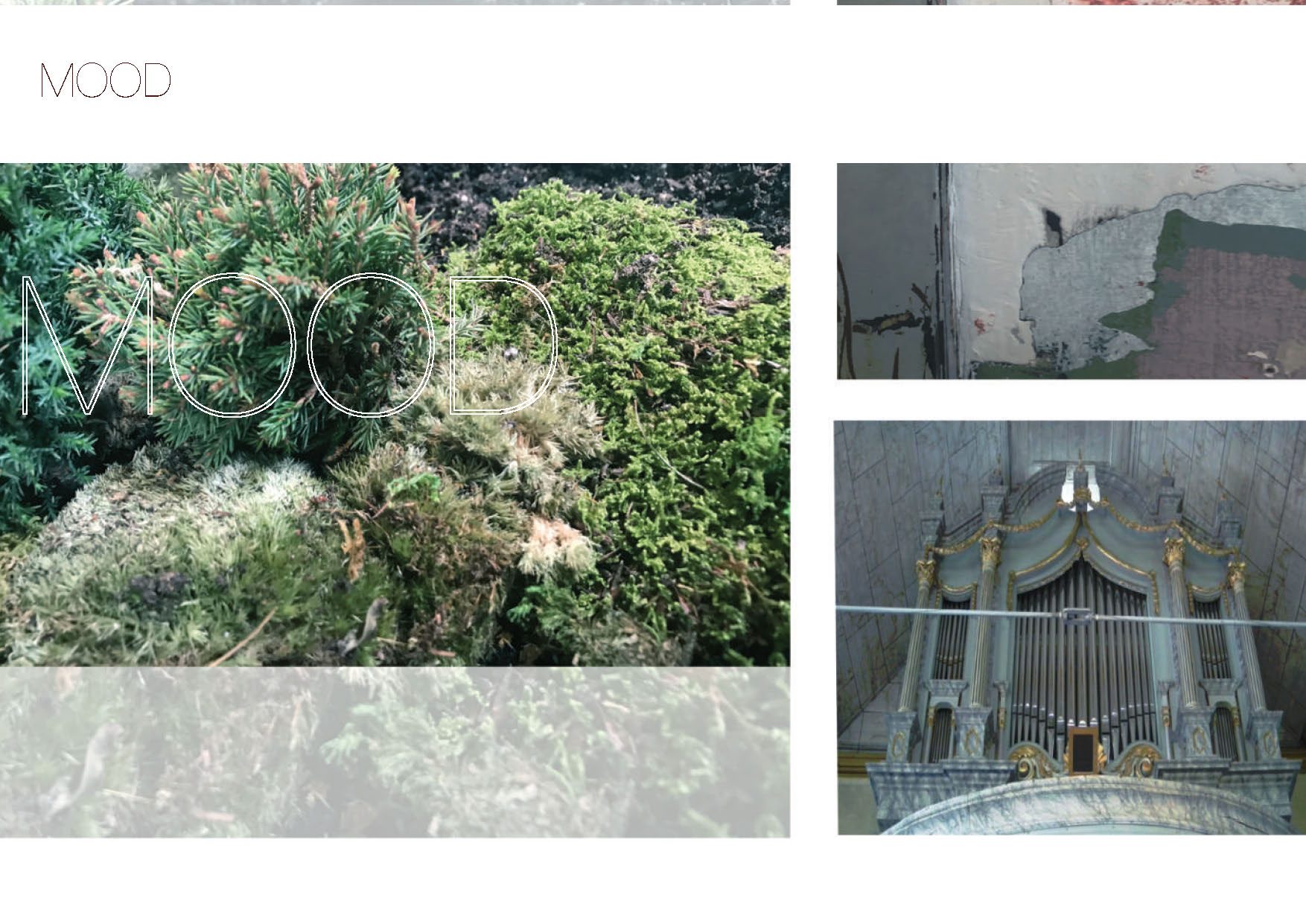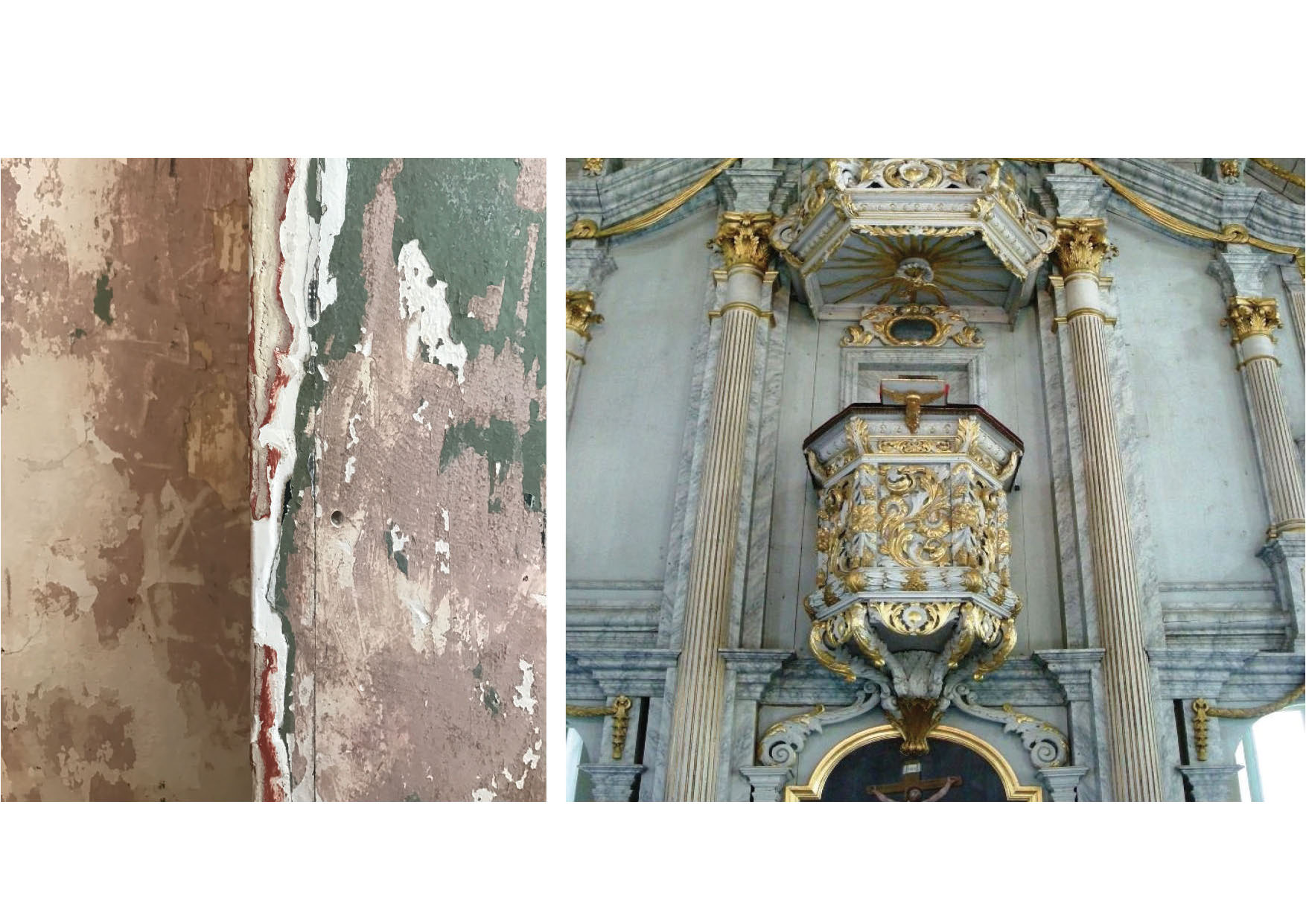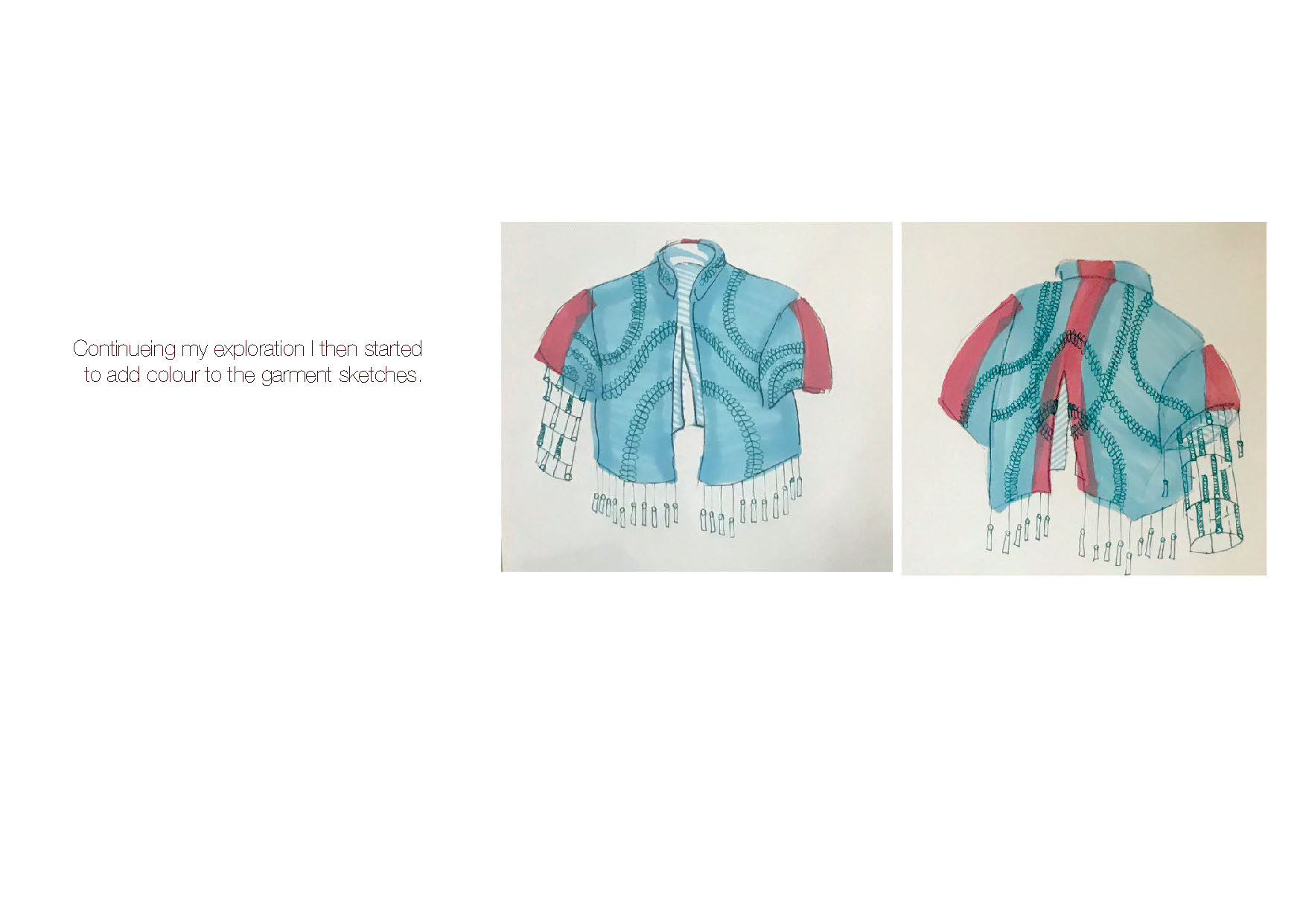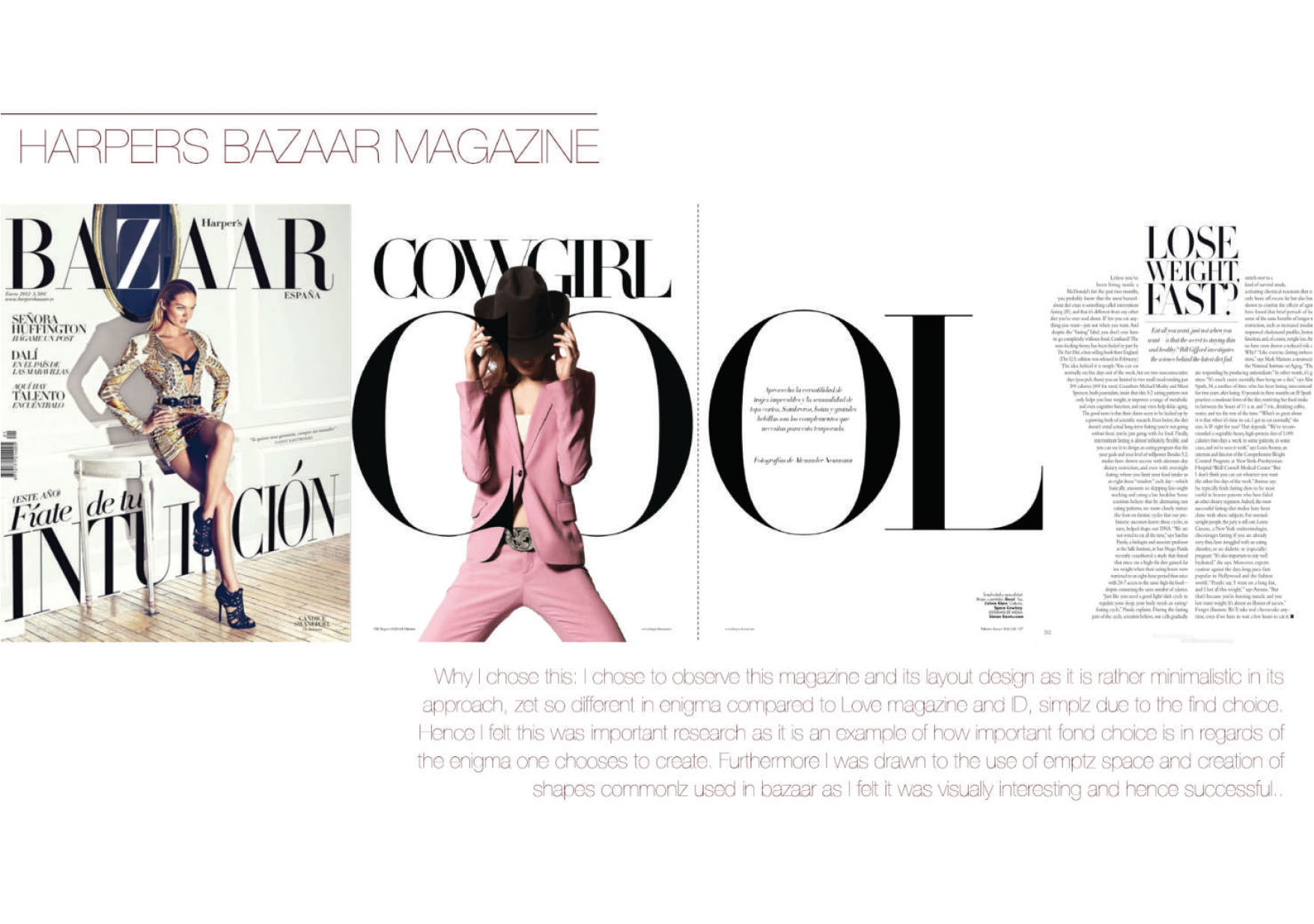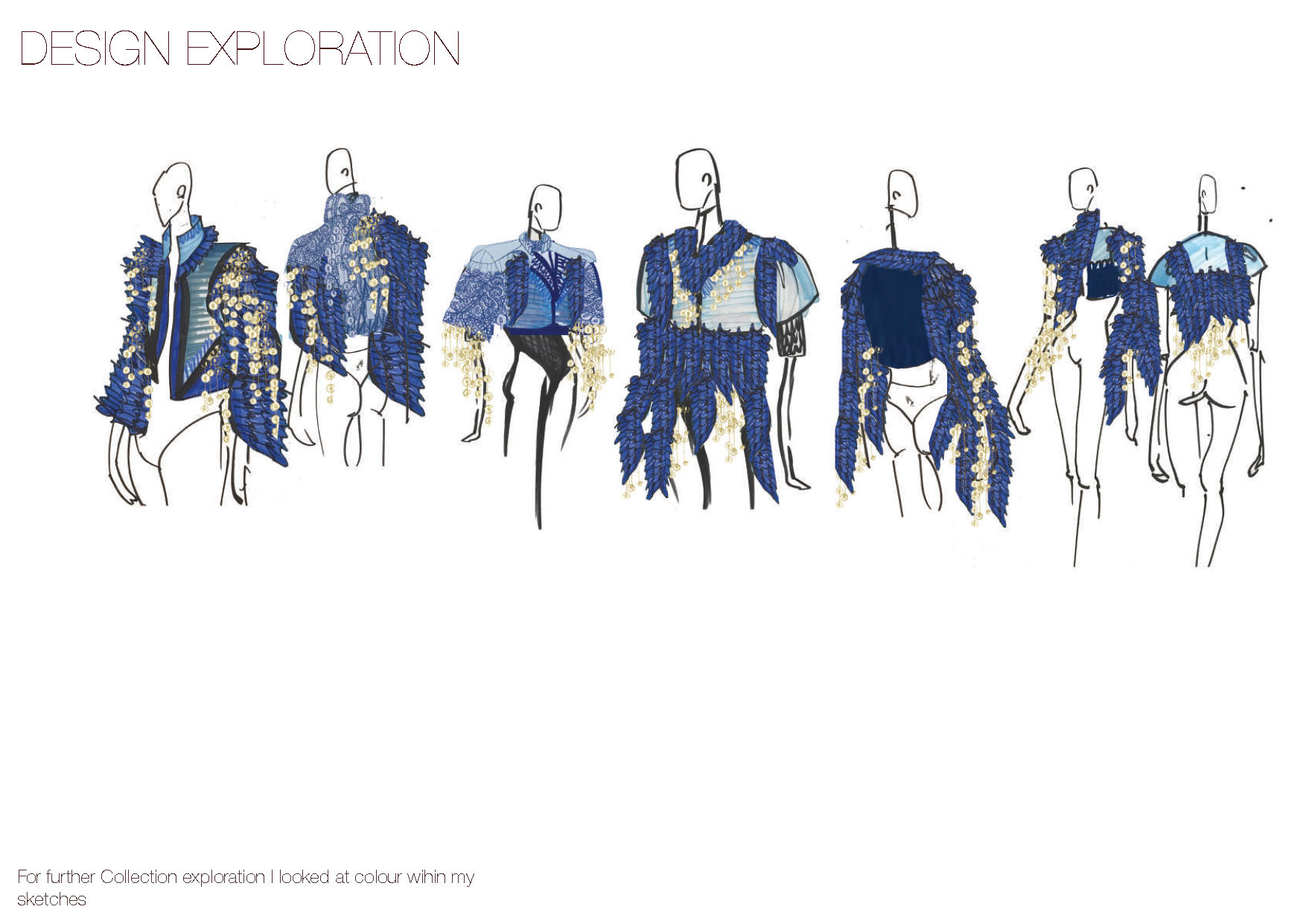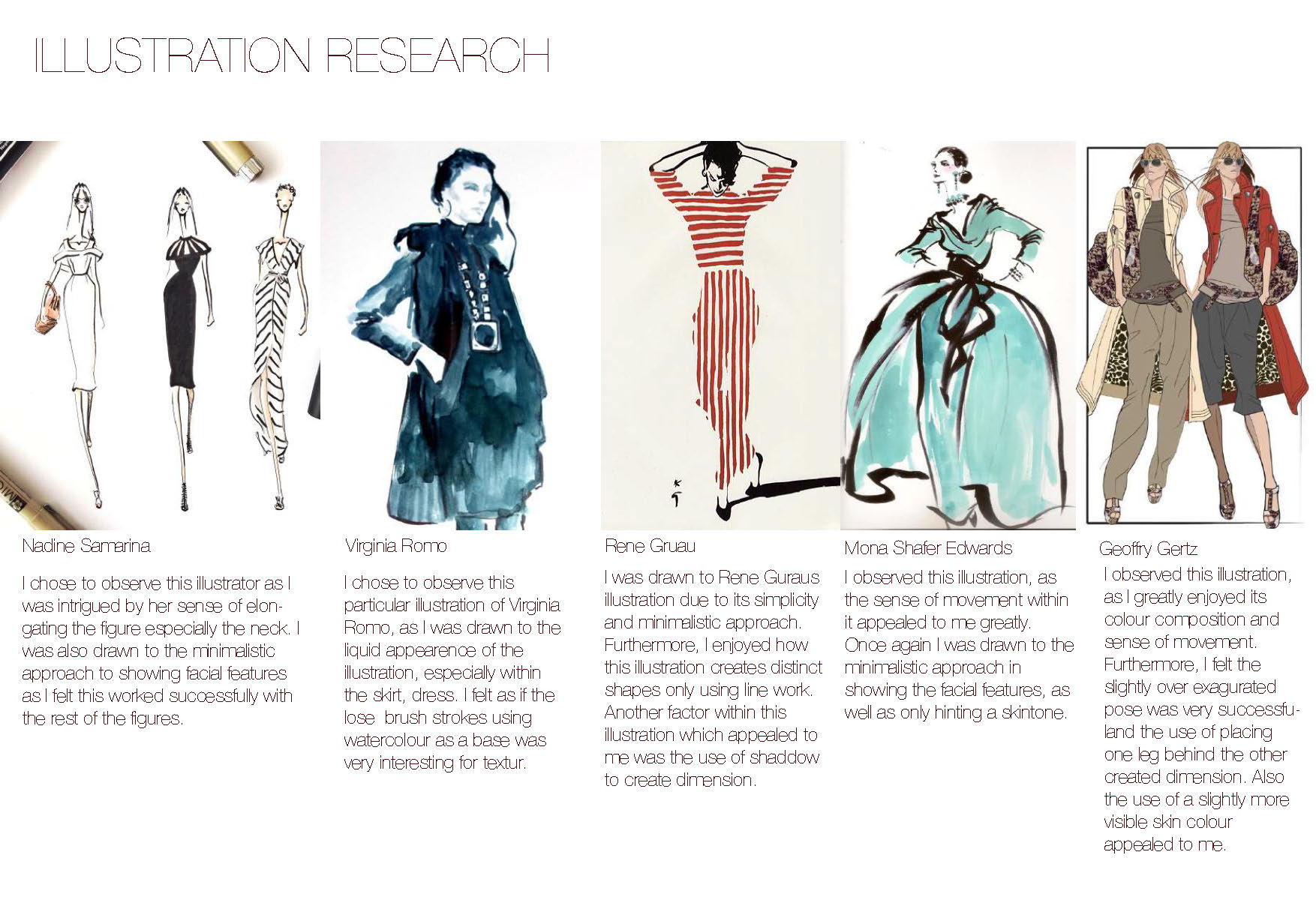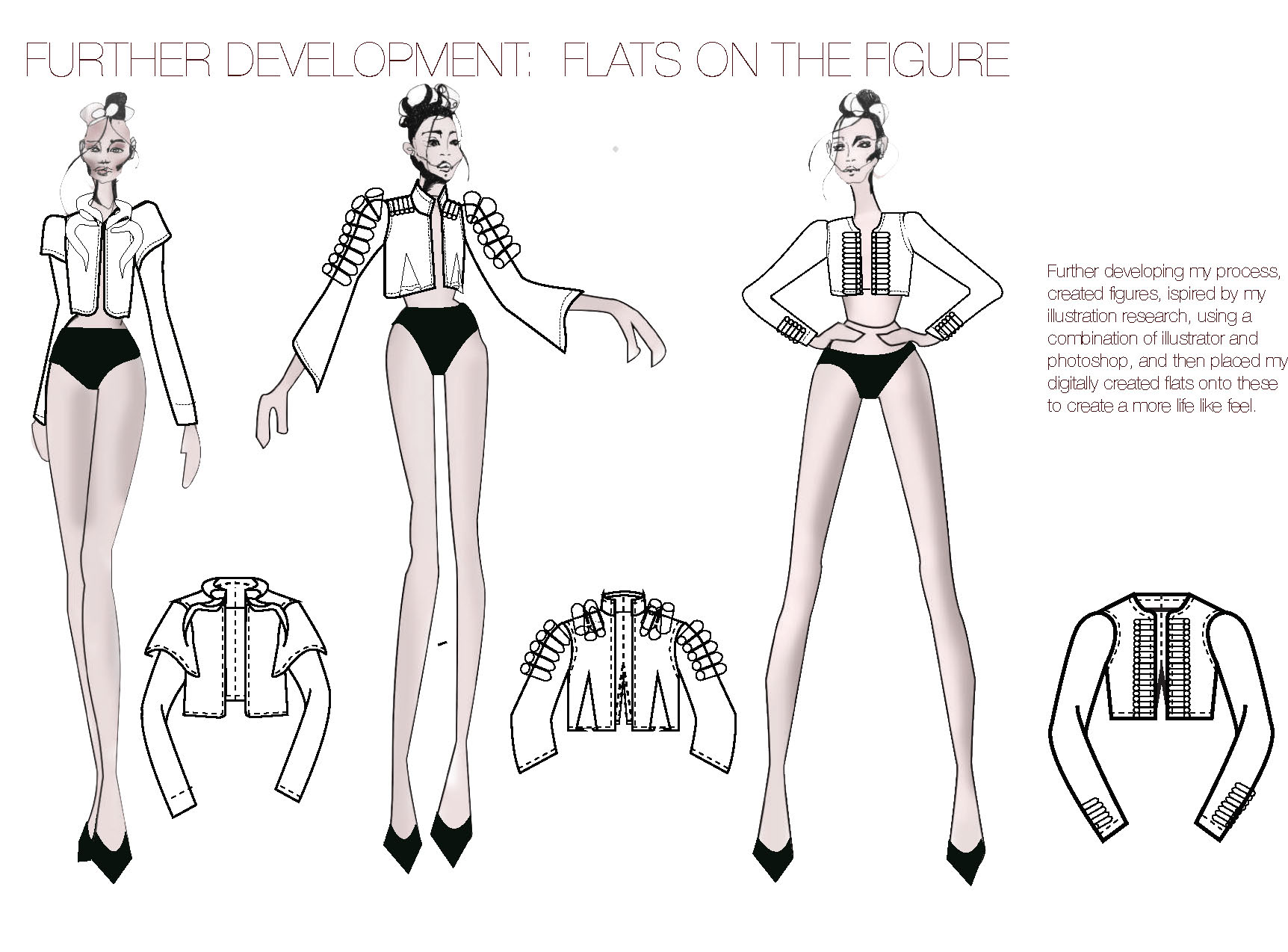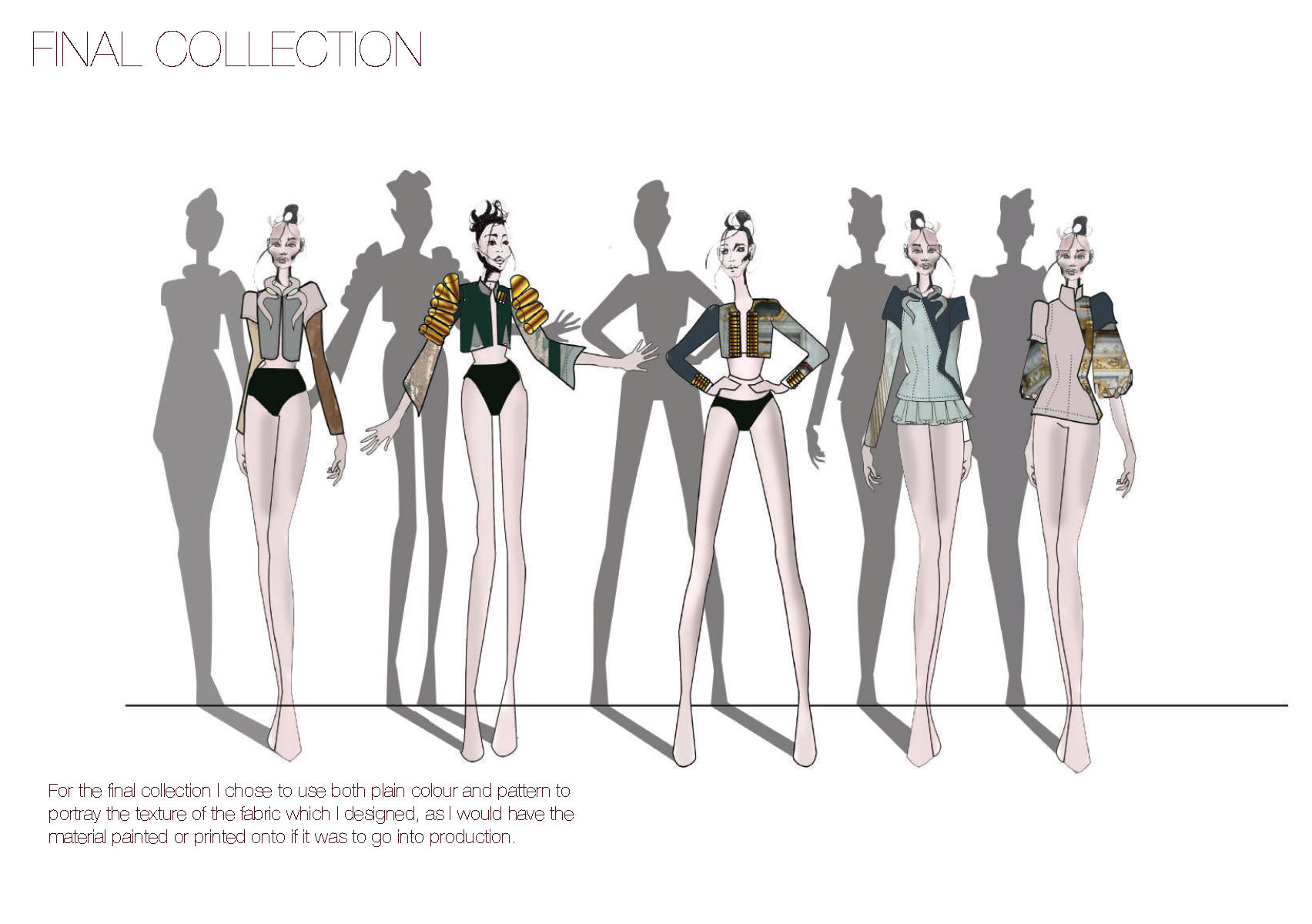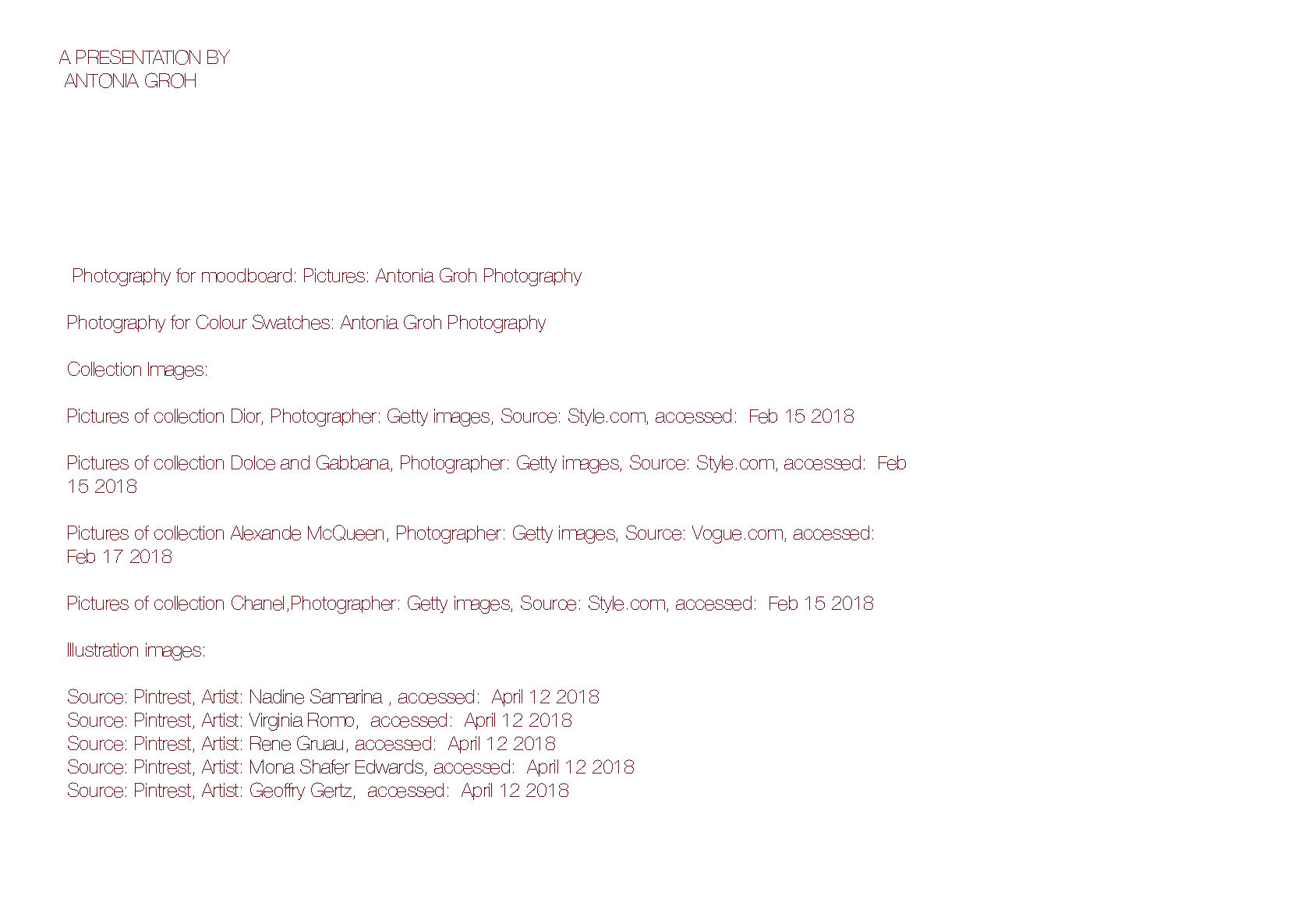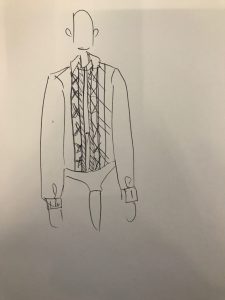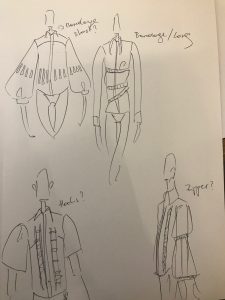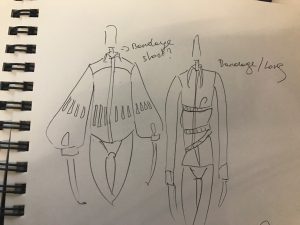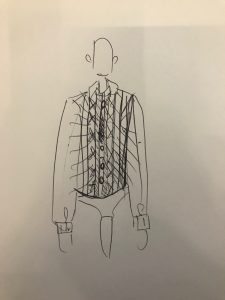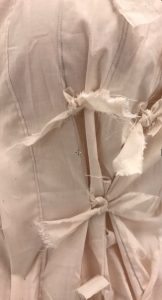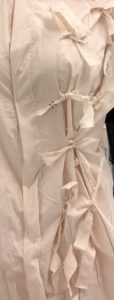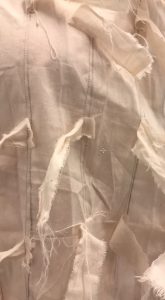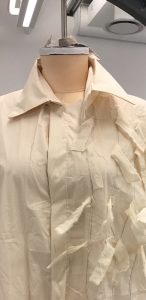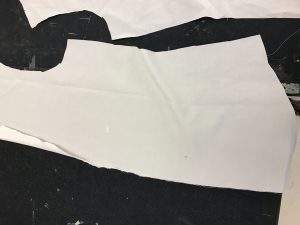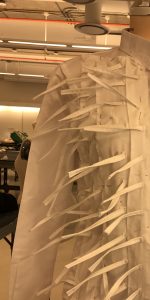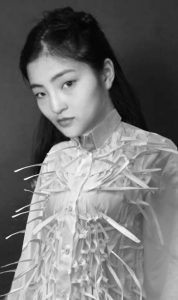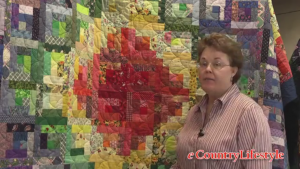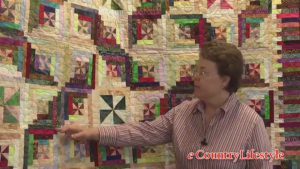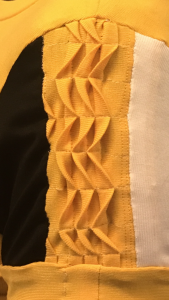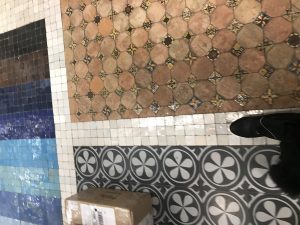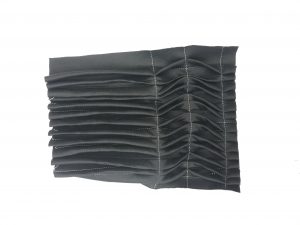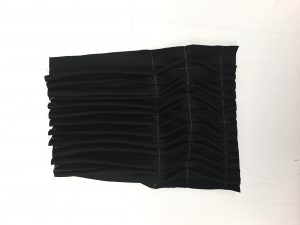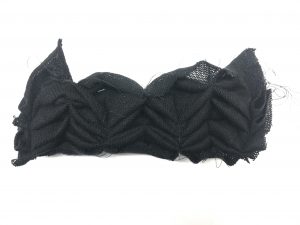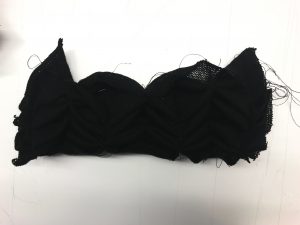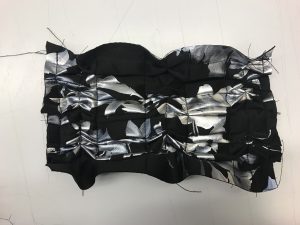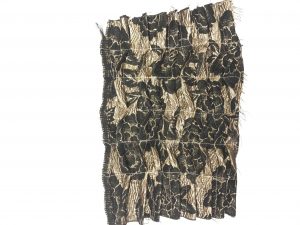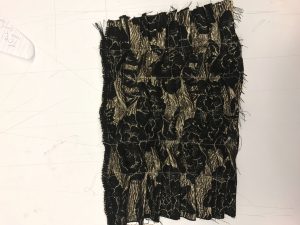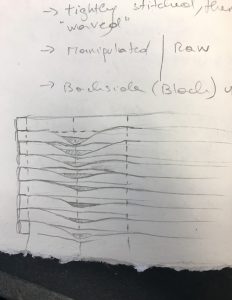Subject: Sebastian M. Ruiz
Age: 22
Gender: Male
Occupation: Student
Size: 189cm
Nationality: Mexican
Relationship to the subject: Good friend/Used to be my roommate
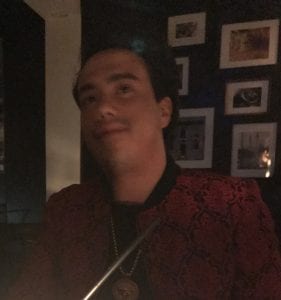

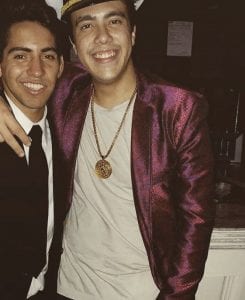

Context:
Sebastian is from Mexico City, he and his family members are descendants from the Famous Mexican painter of the same name. He grew up in Mexico city with his sister Martha, who is one year older than him, as well as his Parents. When he was 12 years old his father passed away, hence any items related to him are particularly precious to Sebastian. Furthermore, he is a huge fan of football, especially the Eagles team and hence owns several collectible items relevant to this football team. Furthermore, as he is from a very fortunate family, he owned rather expensive clothes, particularly shoes, as well as other items (jackets etc). When interviewing him, particularly when observing individual pieces within his closet after the initial six questions of the interview, Sebastian and I also had a brief discussion about fur coats and fur jackets, as well as the preponderance of stigma regarding this topic. We particularly discussed how certain activist movements randomly throw pigs blood and or paint onto pedestrians on the street who happen to wear fur coats and how this is rather inappropriate. Moreover, we also discussed if it is ethical or not to wear fur, particularly if it is a vintage coat and has already been created years ago, as well as how ‘ethical’ it is in the first place to throw paint at a person.
Furthermore: Notes:
In our interview we talked about a variety of pieces from his closet.However the two pieces which undoubtly had the greatest amount of impact upon the interview were the two evidenced within the images below, as these are both pieces which were connected to my subjects dad’s passing and hence carry an enormous amount of sentimental value to him.


Highlights from your interview:
Example one: (Strong reaction when asked to associate his sense of masculinity to color: )
S: Yeah yeah ok I get it, em…I guess a little like sometimes people are weird when I’m dressed really crazy, like with the gold jacket or the pants, but they don’t really say something super strong ‘cause it’s not like I’m wearing all pink or something so nah.
me: When you say that, like all pink, do feel like that would change it like how masculine…
Example two: (Subject became slightly embarrassed when asking about his dressing regime, voice changed and became louder to overcompensate embarrassment, uncomfort)
me: When you get dressed how does that work?
Sebastian: What do you mean? I just get dressed hah.
me: No no, I mean, sorry, I know this sounds weird, but like what do you put on first, like pants or jacket or…?
Sebastian: I mean I guess first underwear, obviously..and then t-shirt, pants and then everything else like jackets or something and yeah.
me: And shoes?
Sebastian: Yeah shoes last.
Example Three: (Subject’s style is influenced by his friends as they shop together when subject is back home, yet even when he is in a different country, he associates the pieces of clothing with the relevant people and hence tends to wear the same pre planned outfits he does back home with his friends )
me: Ok, cool last question so, …Do you follow a specific style, fashion movement or something like that? Like you know, like how you form your own style like some people are hipsters etc. do you have something like that ?
Sebastian: Ah, not really, but I guess I do follow like what my friends in Mexico wear a bit.
me: Oh really? How so?
Sebastian: Yeah like just a bit ‘cause we go shopping together so I mean we kind of all get the same stuff so I guess, but other than that I pretty much just have my own style I guess.
Specific Things I learned from this practice:
I was fascinated by how much my subjects pays attention to color and plays with patterned material, as well as color composition, even though he suffers from color blindness. Furthermore, I also was very touched how much my subject subconsciously seems to try and reembody aspects of his late father, as he evidenced to own a great number of clothing items which seem to either have either have relevance to his father’s late style or a direct connection. I gathered this knowledge based on these specific examples from my Dress Practice Interview, such as my subjects leopard fur jacket, as well as the black and gold jacket, he purchased in Milan with his family. (my subject mentioned it reminded him of something his father would buy). I could very much emphasize with this practice as my father also passed away when I was 12 and hence tend to glorify certain pieces of clothing within my closet that once belonged to him, or evidence his essence. Moreover I noticed that my subject still seems rather connected to his family, regarding color choices, as they seem to have in a way taught him how to use color well, yet he does not comply to the same ‘dress manners’ here as he does when he travels back home, which was very interesting to observe, especially as I do connect to the fact, that I too have to follow some dress rules when home, yet also very much different as I never really took inspiration from my parents when choosing my dress.
Together with group in class:
1)
In common :
they all have expensive stuff
they all categorize by item
they all like comfort
not in common:
one of them also categorized by color
one really colorful against two medium to natural colors
guy/2 girls
two changes from day to night a lot/other not so much
in common with me:
lots of variety
expensive good quality clothes
categorize by item
2)
gender : my subjects reacted strong to masculinity question (colour pink for guys)
THE FULL INTERVIEW ASSIGNMENT:
Antonia Groh interviewing Sebastian.
Subject: Juan Sebastian Martinez Ruiz
Age: 22
Gender: Male
Occupation: Student
Size: 189cm
Nationality: Mexican
Relationship to the subject: Good friend/Used to be my roommate
Sebastian is from Mexico City, he and his family members are descendants from the Famous Mexican painter of the same name. He grew up in Mexico city with his sister Martha, who is one year older than him, as well as his Parents. When he was 12 years old his father passed away, hence any items related to him are particularly precious to Sebastian. Furthermore, he is a huge fan of football, especially the Eagles team and hence owns several collectible items relevant to this football team. Furthermore, as he is from a very fortunate family, he owned rather expensive clothes, particularly shoes, as well as other items (jackets etc). When interviewing him, particularly when observing individual pieces within his closet after the initial six questions of the interview, Sebastian and I also had a brief discussion about fur coats and fur jackets, as well as the preponderance of stigma regarding this topic. We particularly discussed how certain activist movements randomly throw pigs blood and or paint onto pedestrians on the street who happen to wear fur coats and how this is rather inappropriate. Moreover, we also discussed if it is ethical or not to wear fur, particularly if it is a vintage coat and has already been created years ago, as well as how ‘ethical’ it is in the first place to throw paint at a person.
Interview Questions:
What kinds of clothes do you usually wear and why?
What is your typical routine when getting ready in the morning?
How have you organized the items in your wardrobe?
Is there a particular reason why you organized it this way?
Do you feel like your choice of dress influences your sense of masculinity? If yes how so?
Would you say you shy away from ‘feminine’ men’s clothes?
Do you follow a specific style, fashion movement?
Interview:
me: Hey! So…I am going to ask you a few questions ok? Like.. em…
Sebastian: Yeah, like what?
me: Em, like, you know just a few questions about your closet and style and stuff. So let me start. I have a few questions here that I’m supposed to ask you and then I have some more that I wrote too… so, first of.. you are from Mexico right?
Sebastian: Yeah.
me: So, do you think that your nationality influences the way you dress at all? Like, whatever, like the colors you choose, or like the texture of your close, like the pants, you know, the red ones you sometimes wear?
Sebastian: Em… I don’t know, like maybe, I mean I don’t really think about that so much, to be honest, I mean I guess a little, cause like my family is big on colors so I guess that probably influences me somewhat.
me: Even now when you don’t live with them?
Sebastian: Na, your right, well like I guess a little still, maybe, cause I mean I still see them like every other weekend. So yeah.
me: Ok cool, well then next question, so this is one of the prewritten ones.
Sebastian: ok.
me: Em, yeah, so ‘What kinds of clothes do you usually wear and why?’ So, kind of like, yeah whats your everyday style, and what you wear.
Sebastian: Em, I guess this, haha.
me: Haha yeah, but can you describe it a little more in detail please, ‘cause I need it for the interview, like describe what you are wearing and why you chose it, please.
Sebastian: Oh yeah, sure, em, well I am wearing a light blue pair of pants with white stripes on the side and a striped shirt, in yellow, white, red and blue and a jacket, in red with like little flower things, like patterned on it and em, like my Yeezys and eh yeah that’s…oh and my Versace chain and yeah that’s it, I think.
me: Hah yes, you got it all and what made you chose this particular outfit today, like why did you chose these items?
Sebastian: I mean its hella dope hah, and em, this is like my favorite pair of pants so I wear them pretty often so yeah.
me: And the rest of the outfit, like the jacket t-shirt etc. what made you wear those today?
Sebastian: Oh yeah sorry hah, em I mean I really like this shirt I feel like its so bright so it goes with pretty much anything.
me: Would you say its a statements piece?
Sebastian: Oh yeah I guess, yeah, yeah I guess it is.
me: But yeah sorry continue.
Sebastian: Yeah so em, like the t-shirt goes with all my stuff well so I wear it a lot and I f***ing love this jacket man, its like so dope, I mean just look at it hah, its red and like awesome and the zipper is gold and matches my chain, it’s hella lit!
me: Hah, I know you like this jacket but is there a specific reason you wore it particularly today?
Sebastian: Not really, except maybe the fact that I wanted to wear my chain today cause I had a presentation so I wanted to look nice and the zipper kinda goes with it so I always wear this jacket when I wear my Versace chain. So I guess that’s the reason why.
me: Ok, awesome, yeah that makes sense ‘cause it like matches and stuff, em, yeah but haha we are kind of drifting from the original question.
Sebastian: Hah, yeah.
me: so, What kinds of clothes do you usually wear and why and also tell me ‘What is your typical routine when getting ready in the morning? ‘ So just one after the other.
Sebastian: Erm, what was the first one?
me: What kinds of clothes do you usually wear and why?
Sebastian: So usually I go for I guess smart casual, but with like a wacky more rapper style twist I guess, ‘cause I don’t like blazers that much at least not during the day, so yeah like a t-shirt and like cool pants.
me: Like jeans or what?
Sebastian: Yeah, jeans or yeah actually I only wear jeans hah but like fancy ones with prints and stuff.
me: Ok cool and what else ?
Sebastian: Other than that, I mean, yeah t-shirt, pants and like a jacket and some cool sneakers, but not my Versace ones or like ones that were super expensive, ’cause I like just wear them at night when I go out or to nice events or something.
me: Ok, and is there a particular reason for your style?
Sebastian: What do you mean?
me: Like why you wear a lot of red or why it’s more ‘rapper’ as you said or you know something like that.
Sebastian: Oh em yeah well, like I really love red and it’s like my favorite color and also I’m color blind so its a color I actually kind of see so I really like it and I mean I just like the sort of look that is kind of ‘rapper’ inspired I guess, ‘cause it’s fancy and stylish but its not uncomfortable, like you can still do stuff in it and sh*t.
me: Ok cool, yeah then let’s move on to the next one ‘What is your typical routine when getting ready in the morning?’
Sebastian: Em like with brushing teeth and all or just dressing?
me: Let’s just do all.
Sebastian: Ok, well em, I go brush my teeth, then I like wash my face and all that stuff, shower, get dressed, if i have time maybe play a game and then yeah that’s it.
me: When you get dressed how does that work?
Sebastian: What do you mean? I just get dressed hah.
me: No no, I mean, sorry, I know this sounds weird, but like what do you put on first, like pants or jacket or…?
Sebastian: I mean I guess first underwear, obviously..and then t-shirt, pants and then everything else like jackets or something and yeah.
me: And shoes?
Sebastian: Yeah shoes last.
me: Ok cool, erm… next question, or is there anything else you want to add like any other routine steps?
Sebastian: No, I think that’s pretty much it.
me: Ok awesome!
Sebastian: I mean the only thing is I pack my bag for school but yeah that’s kind of obvious.
me: Oh yeah, is there any special reason for your bag or which one you choose?
Sebastian: No its just the only one I have here, the others are in Mexico, and the only other one I got here is hella ugly and I think it’s broke too so .. yeah so I take that one.
me: Ah ok, fair enough. Ok so also I got to know please ‘How have you organized the items in your wardrobe?’ if you have any special organizing at all that is.
Sebastian: Erm, I don’t really have that much of an organization going, I mean like maybe I do a little like I got all my winter stuff on the left like coats and things and then jackets and then like blazers and stuff, but yeah that’s it.
me: Ok, so any color sorting at all ?
Sebastian: Nah man, that’s too much effort, but I do put like the fancy stuff in the back so it doesn’t get messed up.
me: Ok and then in the other one?
Sebastian: Yeah also kind of not that much of a like order or something ‘cause it’s pretty much just underwear and my t-shirts and stuff.
me: So you don’t like order your shirts or pants in any way like I don’t know maybe color or like I don’t know the size or anything?
Sebastian: Nah not really, I mean I just put shirts like, I mean I put the summer ones on top of one another and then the winter one like with long sleeves, but that’s it and for pants I just kind of put them wherever.
me: Ok cool, then .. oh Is there a particular reason why you organized it this way?
Sebastian: Nah not really its just the easiest way
me: Ok cool, then .. next question ‘Do you feel like your choice of dress influences your sense of masculinity?’
Sebastian: What do you mean? Like clothes?
me: Yes.
Sebastian: Em, not really, I mean I just kind of wear whatever I like or what I feel like, yeah.
me: Ok fair, I just mean like you know like the pants you have for example the ones with the rhinestones on the side.
Sebastian: Yeah.
me: So I guess like you could say they are more ‘feminine’ then like for example your normal jeans or the ones you are wearing now, so when you wear them do you feel like people react to you differently, or like weirder or something, like feel like you look more feminine or give you comments regarding that or something, do you get what I’m saying?
Sebastian: Yeah yeah ok I get it, em…I guess a little like sometimes people are weird when I’m dressed really crazy, like with the gold jacket or the pants, but they don’t really say something super strong ‘cause it’s not like I’m wearing all pink or something so nah.
me: When you say that, like all pink, do feel like that would change it like how masculine…
Sebastian: Yeah man of course! I mean of course then anybody would think I’m like not straight when I’m wearing all pink hah, but I don’t so I mean yeah.
me: But not with your clothes?
Sebastian: No.
me: Ok em, yeah so the next question would be ‘Would you say you shy away from ‘feminine’ men’s clothes?’ but you kind of just answered that.
Sebastian: Yeah.
me: But can you just answer it a little more like are there any more ‘feminine’ clothes or pieces you would wear? Like obviously not hot pink or something but maybe like em, like I don’t know a jacket that has super strong embellishments or something or like a long shirt you know like Justin Bieber sometimes does?
Sebastian: Na man f***k that, but I mean yeah like if the jacket is dope I’d be down to wear that.
me: Ok are there any guidelines or something ?
Sebastian: What do you mean?
me: I mean like whatever color or something.
Sebastian: No not really just not pink pretty much anything else is fine I guess.
me: Ok, cool last question so, …Do you follow a specific style, fashion movement or something like that? Like you know, like how you form your own style like some people are hipsters etc. do you have something like that ?
Sebastian: Ah, not really, but I guess I do follow like what my friends in Mexico wear a bit.
me: Oh really? How so?
Sebastian: Yeah like just a bit ‘cause we go shopping together so I mean we kind of all get the same stuff so I guess, but other than that I pretty much just have my own style I guess.
me: When you say your own style is there anything specific that makes it your own? Would you say?
Sebastian: I mean I chose it hah, so I guess that and like a lot of red and stuff but yeah.
me: Like a lot of texture or print or something?
Sebastian: Yeah! I like prints, I guess and kind of texture but not over the top just like cool things like this. (shows me jacket Item 1)
me: Oh so like embroidery stuff ?
Sebastian: Yeah, so I guess that’s it, like I like things like that so I make that my style I guess.
me: Ok, awesome! Well, I think I got everything for the questions, thank you so much! Now please just show me your closet and tell me some stuff about your favorite items and like if they have any special meaning to you etc.
Sebastian: Yeah no worries.
me: Cool.
___________________________________________________________________________
We then went into Sebastian’s closet and he showed me a variety of this items, the one we spoke about in detail are these

Item 1: This is the red jacket referenced in the interview when talking about style and the particular surface quality Sebastian tends to be drawn to. Furthermore, this particular jacket is very dear to him, as he purchased it when he was on holiday with his family in France. He has owned it for approximately 3 years now and he said he wears it approximately one or two times a week.

Item 2: This is another one of Sebastian’s favorite jackets, He purchased this item in Milan, also on holiday with his family. Sebastian particularly loves the gold of the jacket as he said he is very much drawn to ‘shiny things’ and reflective surfaces within clothes as they easily upgrade any outfit. He states he only wears this jacket when going put to a party or evening event.

Item 3: This is a family heirloom piece, which is extremely special to him as this jacket used to be his grandmothers, and his dads apparently used to wear it too. Hence it is incredibly special to Sebastian. He said he does not wear it often as it is ‘a little much’ sometimes according to him. Also as he cares for it so deeply he does not want it to get dirty etc, hence he only wears it for special occasions. Moreover, we also spoke more about this piece as it is real fur, and obviously, that is somewhat controversial, particularly as it is leopard skin. He further stated ‘yes this is also one of the reasons I don’t wear it much because I don’t want people to freak and then throw paint on me or some sh*t’.

Item 4: The jacket here is one of the many items Sebastian own regarding his love for the football team ‘The Eagles’. He purchased this item at the Super Bowl when the Eagles won, hence it is an important piece to him. He does not wear it very often, however, as according to him it does not go well with many outfits, due to its color. However, he still wears it out whenever he attends a game.

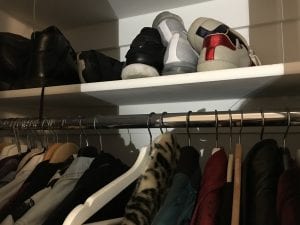
These two pictures show part of Sebastian’s closet, in which he keeps everything on hangers, such as jackets, coats, blazers, some shirts etc. as well as part of his shoe collection. Above the hangers is where he keeps his more expensive shoes such as Gucci and Versace shoes.
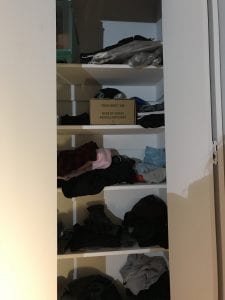
This image (to the right) portrays the part of my subject’s closet which holds his underwear, trousers and t-shirts.














